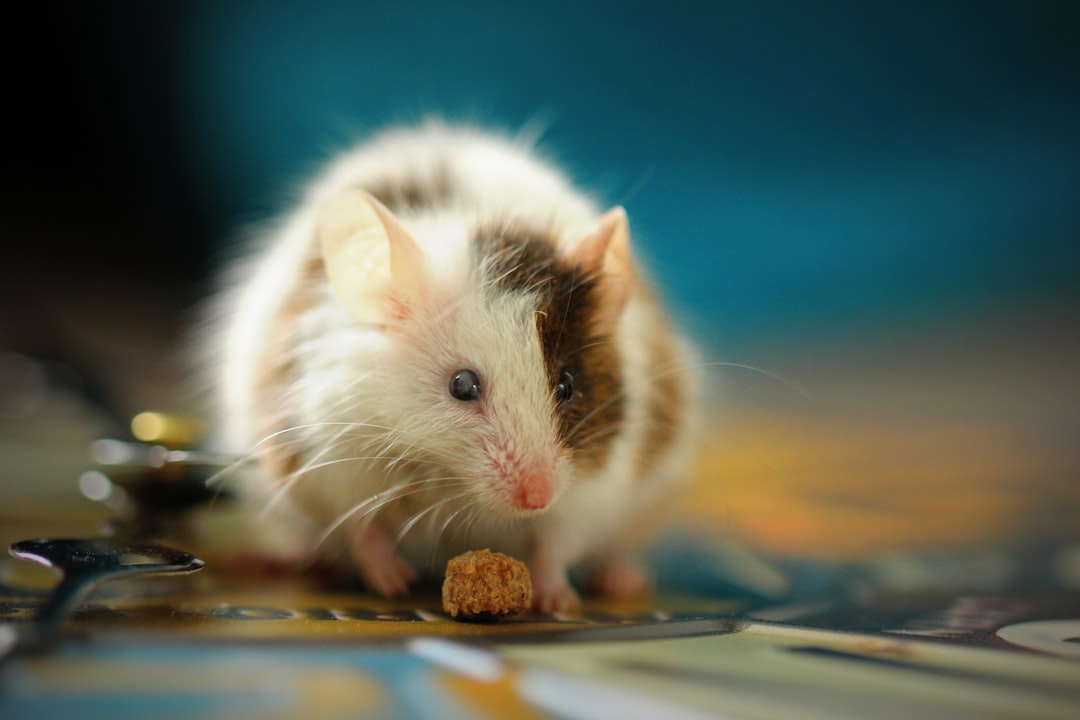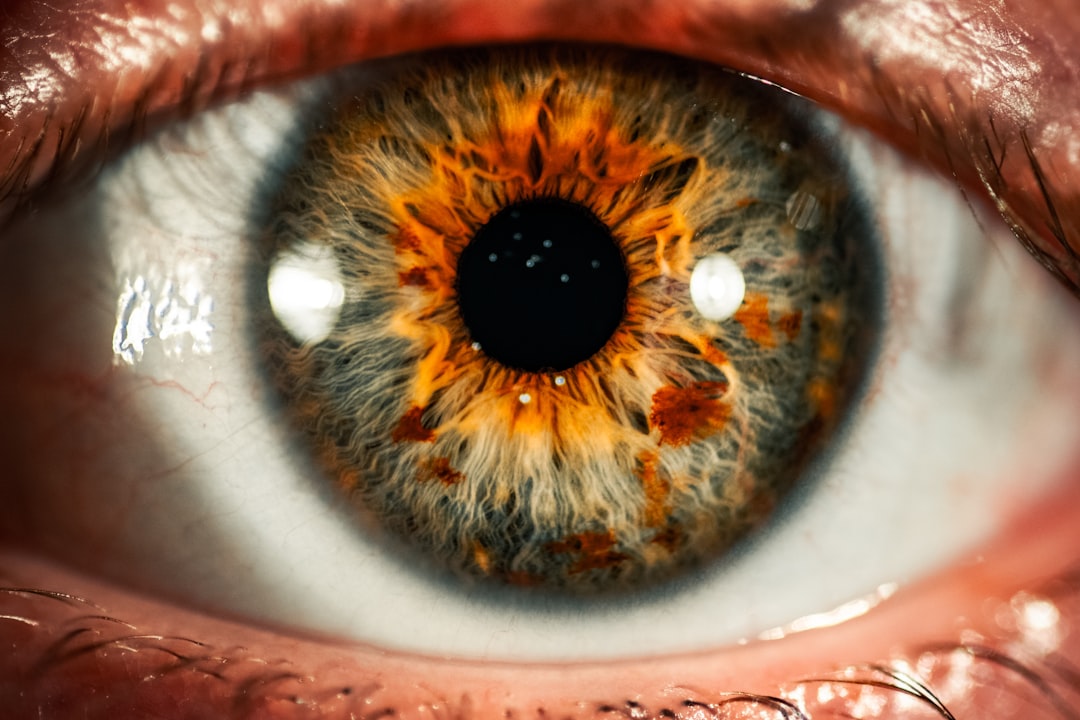What is it about?
We analyzed viral DNA and RNA populations in the plasma and tissues from macaques infected with SIV containing HIV-1 RT (RT-SHIV) to identify possible sources of persistent viremia and to investigate the effect of ART on viral replication in tissues. 1800 single-genome RT-SHIV DNA and RNA sequences were analyzed from the plasma, PBMCs, axillary and mesenteric lymph nodes, spleen, thymus, small intestine, bone marrow, lung, and brain of 2 untreated animals and 2 ART suppressed animals. Analyses of intracellular DNA and RNA populations revealed that the majority of proviruses in tissues from one untreated animal were not expressed, whereas a greater proportion of proviruses in tissues were expressed from the other animal. Few intracellular RNA sequences were detected in treated animals and most contained inactivating mutations. RT-SHIV DNA populations in tissues were not different from the virus in contemporary plasma samples in the treated or untreated animals, demonstrating a lack of anatomic compartmentalization and suggesting that plasma viremia is derived from multiple tissue sources. No sequence divergence was detected in the plasma or between tissues in the treated animals after 20 weeks of ART, indicating a lack of ongoing replication in tissues during treatment.
Featured Image
Why is it important?
Virus populations in plasma and tissues did not differ significantly in either treated or untreated macaques, suggesting frequent exchange of virus or infected cells between tissues and plasma, consistent with non-compartmentalized and widely disseminated infection. There was no genetic evidence of ongoing replication in tissues during suppressive ART.
Read the Original
This page is a summary of: Well-mixed plasma and tissue viral populations in RT-SHIV-infected macaques implies a lack of viral replication in the tissues during antiretroviral therapy, Retrovirology, November 2015, Springer Science + Business Media,
DOI: 10.1186/s12977-015-0212-2.
You can read the full text:
Contributors
The following have contributed to this page










